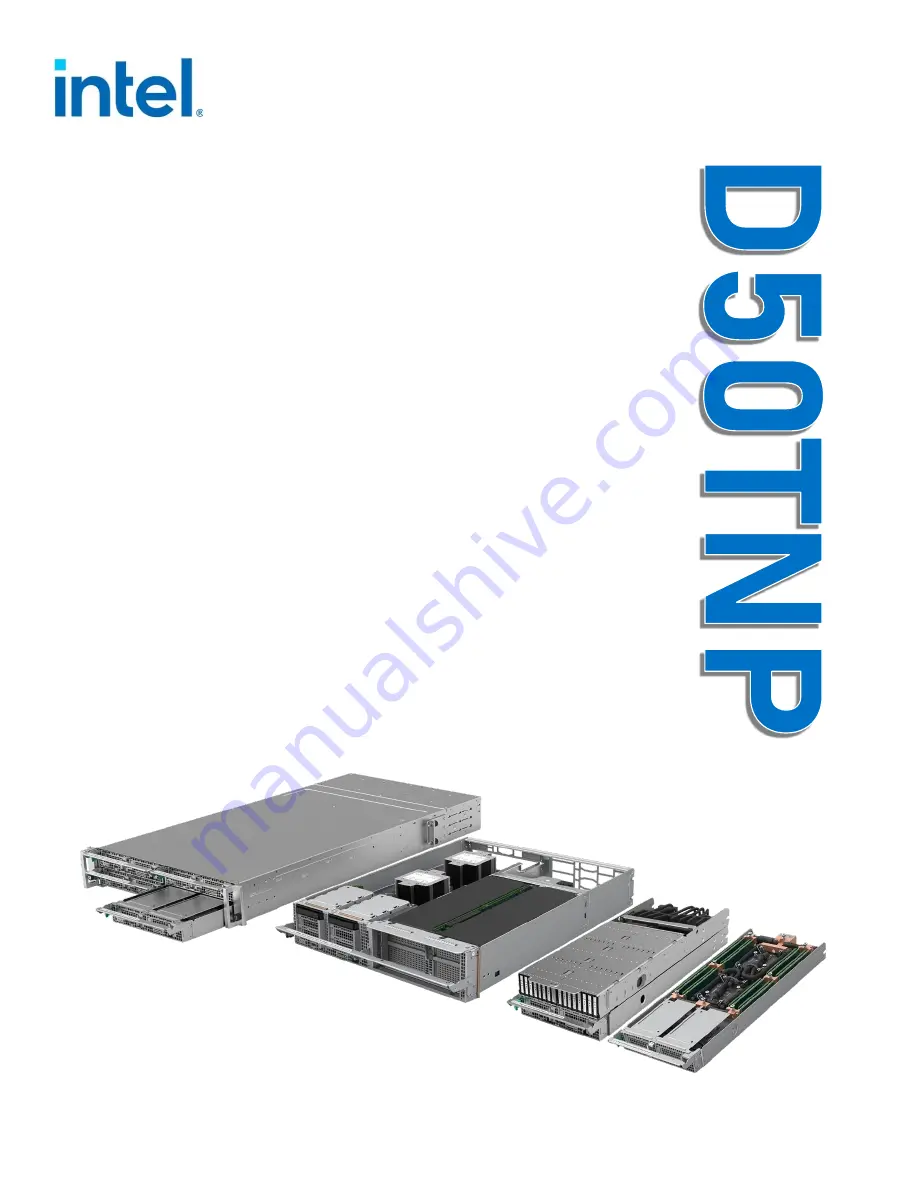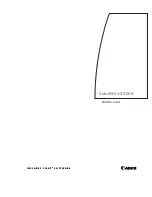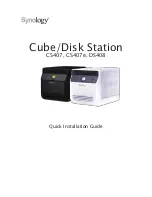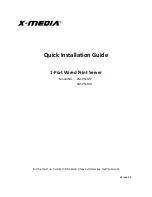
Intel® Server D50TNP
Family
Intel® Server Board D50TNP Family
Intel® Module D50TNP Family
Intel® Server System D50TNP Family
Integration and Service Guide
A guide providing instructions for the insertion and
extraction of system components and available Intel
accessories and spares.
Rev. 1.0
May 2021
Delivering Breakthrough Data Center System Innovation
–
Experience What’s Inside!


































